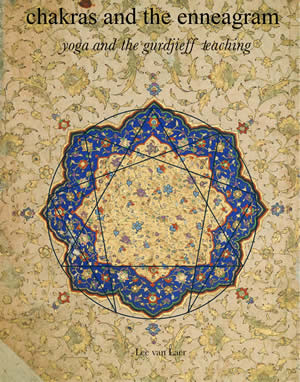
an e-book by Lee van Laer
When the Armenian mystic G.I. Gurdjieff first made his appearance in Moscow in the early 20th century, he brought with him a teaching that most would agree had never been seen before, at least in the form he transmitted it in. Attracting fascination from the intelligentsia of Moscow and other major european cities, including his famous pupil P.D. Ouspensky, he gathered an entourage of followers who ultimately studied his movements and ideas throughout the greater part of the 20th century.
A great deal of controversy arose, and continues to exist, over how much of Gurdjieff’s work was original. Some claimed he stole it from other sources; others called him a charlatan. Some of his work can clearly be identified as consonant with other major teachings from traditions such as Christianity (including Hesychasm and other Eastern Orthodox practices) Sufism, Islam, Tibetan Buddhism, and Hindu yoga sources.
However much he may have begged, borrowed, or stolen, one thing is certain. The enneagram, the unusual geometric symbol he centered his cosmology around, had never been seen before—in any other esoteric tradition. The symbol is undoubtedly unique and original; it is, furthermore, clearly derived from the ancient yoga traditions, as the reader will see, and it represents unambiguous evidence that Gurdjieff did indeed, as he claimed, penetrate and study at secret esoteric schools which had preserved their knowledge from the outside world for millennia. Other traditions have claimed ownership of this symbol; but there is no concrete evidence for its existence in any other tradition prior to Gurdjieff's arrival in the West. As such, claims to provenance by “outsider” traditions are questionable, at the very least.
The enneagram, understood in detail, represents a model of a fractally organized universe. It’s also, among other things, a map of the energy centers known as chakras in Yoga; and this is not surprising, because yoga schools taught that the chakra structure was itself a reflection, or organic model, of the universe. The relationship is important enough that divorcing it from this context obscures both the origins and the ultimate meaning of the diagram. Much of today's teaching on chakras is of recent vintage; a great deal has been invented and grafted on to the original yoga understandings.
Investigating this question, this book will attempt to demystify some of the aspects of the enneagram, positioning the information contained in it in the broader historical context of the ancient yoga schools where it originated, as well as its connection to practical—as opposed to theoretical—esoteric work in general.
Chakras and the Enneagram is available exclusively as an ibook through the itunes Bookstore (recommended) or as a pdf (click the below link)
Order Books

Lee van Laer |

